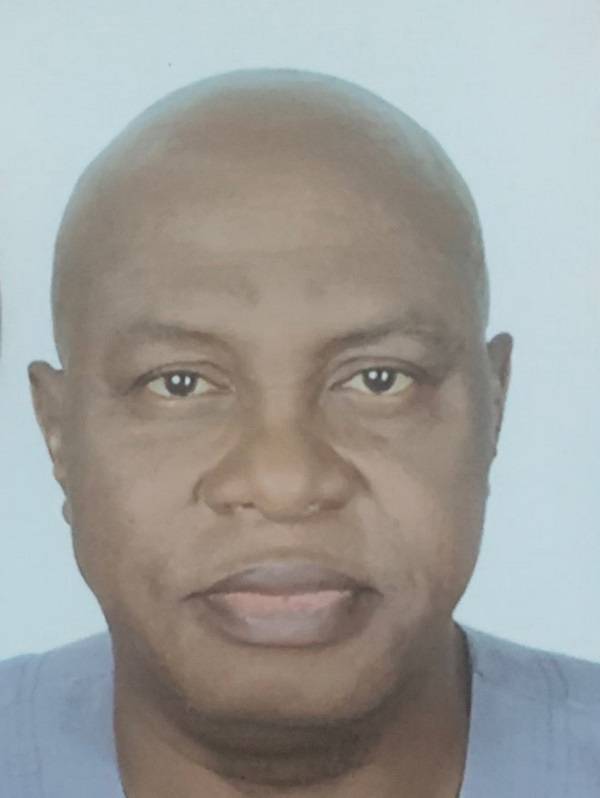
Despite well-articulated policy efforts and ambitious targets, achieving 70 per cent broadband penetration in Nigeria by the end of 2025 may remain out of reach. The Nigeria National Broadband Plan (NBP) 2020–2025 had set this goal to revolutionise connectivity, bridge the digital divide and enhance internet access across the country. However, with less than six months to the deadline, the numbers and realities on the ground tell a different story.
As of May 2025, broadband penetration stood at approximately 47.73 per cent, with around 103.5 million broadband subscriptions, according to figures released by the Nigerian Communications Commission (NCC). This is a significant increase from previous years, but it still falls notably short of the 70 per cent target that was envisioned in 2020. The shortfall raises legitimate concerns about the feasibility of closing a 23 per cent penetration gap before year-end, especially considering persistent infrastructure challenges, policy bottlenecks and limited digital inclusion in underserved regions.
In a bid to fast-track broadband expansion, the Federal Government proposed the deployment of 90,000 kilometers of optical fibre infrastructure nationwide through a special purpose vehicle (SPV) model. An estimated $2 billion was earmarked for this initiative, structured as a public-private partnership (PPP) involving local and international stakeholders. The project, when completed, is expected to extend Nigeria’s fibre optic coverage from 35,000km to 125,000km, a transformative leap in digital infrastructure.
When the initiative was announced by the Minister of Communications, Innovation and Digital Economy, Dr. Bosun Tijani, in August 2024, it was stated that the rollout would begin within six months. Nearly 10 months later, however, there is no visible ground activity to suggest that deployment has begun. This delay significantly undermines the timeline and casts doubt on whether this critical infrastructure can be delivered in time to impact 2025 broadband penetration targets.
Several structural challenges continue to hamper progress, even as frameworks and policy documents attempt to steer implementation. The National Broadband Alliance for Nigeria (NBAN) has highlighted key barriers that remain unresolved. Among them are multiple taxation issues, bureaucratic delays and right-of-way (RoW) charges that continue to stifle infrastructure rollout across many states.
While seven states have waived RoW charges, the majority still impose high fees on telecom operators, discouraging large-scale deployment of broadband infrastructure. This disjointed approach creates an uneven playing field, where only select urban regions benefit from enhanced connectivity, while rural and peri-urban areas remain digitally excluded.
Furthermore, Nigeria’s broadband infrastructure is highly concentrated in urban centres. Approximately 31 states are still considered underserved or entirely unserved by reliable internet services. This urban-rural divide exacerbates inequality, as millions of Nigerians remain disconnected from digital opportunities. The high cost of broadband-enabled devices and limited digital literacy compound this problem, especially in rural areas where affordability and awareness are low.
The NBAN has also identified the lack of local smartphone assembly plants as a contributing factor to limited device accessibility. Imported smartphones remain expensive for the average Nigerian, making it difficult for large segments of the population to engage with digital services even when broadband is technically available.
According to data from the International Telecommunications Union (ITU), nearly 2.6 billion people globally remain offline. Nigeria, with its significant digitally excluded population, forms a part of this statistic. The ITU’s targets under the Sustainable Development Goals (SDGs) envision inclusive connectivity by 2030, but without accelerated action, Nigeria risks falling behind both regional and global benchmarks.
Tijani, during his August 2024 address, had announced that the SPV-backed fibre deployment project would receive support from the World Bank and other development partners. He stated that the Federal Executive Council (FEC) had approved the SPV and that funding partners were in the process of finalising the structure to enable the rollout of the fibre-optic network.
He reiterated this commitment in May 2025, describing the SPV model as being designed along the lines of successful PPP frameworks in Nigeria such as the Nigerian Inter-Bank Settlement System (NIBSS) and the Nigerian Liquefied Natural Gas (NLNG). Under the proposed structure, the Nigerian government would hold between 25 per cent and 49 per cent equity, while private sector investors would drive the operational and financial components.
The initiative, according to the minister, is expected to not only increase broadband penetration to over 70 per cent but also reduce internet access costs by more than 60 per cent. Additionally, the project aims to include at least 50 per cent of the 33 million Nigerians currently without internet access and deliver up to 1.5 per cent Gross Domestic Product (GDP) growth per capita, potentially increasing GDP from $472.6 billion in 2022 to about $502 billion over the next four years.
The ministry issued a public call for investor participation in line with the Infrastructure Concession Regulatory Commission (ICRC) Act, 2005 and the National Policy on Public-Private Partnerships. The bidding process closed on April 29, 2025, and the evaluation of applications is reportedly ongoing. Yet, the absence of implementation timelines or published evaluation outcomes raises questions about transparency and the pace of execution.
The goals of the Nigerian National Broadband Plan (NBP 2020–2025) were laudable: increase broadband penetration to 70 per cent and ensure that 90 per cent of the population has access to affordable and reliable internet, with minimum data speeds of 25Mbps in urban areas and 10Mbps in rural locations. From a baseline of 37.8 per cent coverage in 2020, the ambition was to more than double national connectivity within five years. But ambition without matched execution appears to be the Achilles’ heel of this strategy.
Industry players argue that achieving the 70% target is unlikely unless there is an urgent pivot in approach – one that includes strong political will, decentralised implementation, aggressive state-level engagement, and enhanced investor confidence. As of now, Nigeria’s broadband expansion remains hamstrung by fragmented policies, underdeveloped infrastructure and a digital economy still constrained by affordability and literacy gaps.
Despite the establishment of alliances and strategies, and the commendable rhetoric around digital transformation, the gap between policy and execution remains wide. If broadband connectivity is to become a universal utility in Nigeria, like electricity or water, it must be treated with the same urgency, investment, and governance oversight.
Broadband is no longer a luxury; it is the foundation for education, healthcare, e-commerce and public service delivery in the 21st century. Bridging the digital divide must move from boardroom strategy to boots-on-the-ground execution. The sooner the government and its partners accept this, the better positioned Nigeria will be to compete in a knowledge-driven global economy.
With the NBP 2020–2025 window rapidly closing, a mid-course correction is needed. One that addresses the root causes of delay and focuses less on press statements and more on measurable outcomes. Only then can Nigeria come close to realising the digital promise its citizens deserve.

